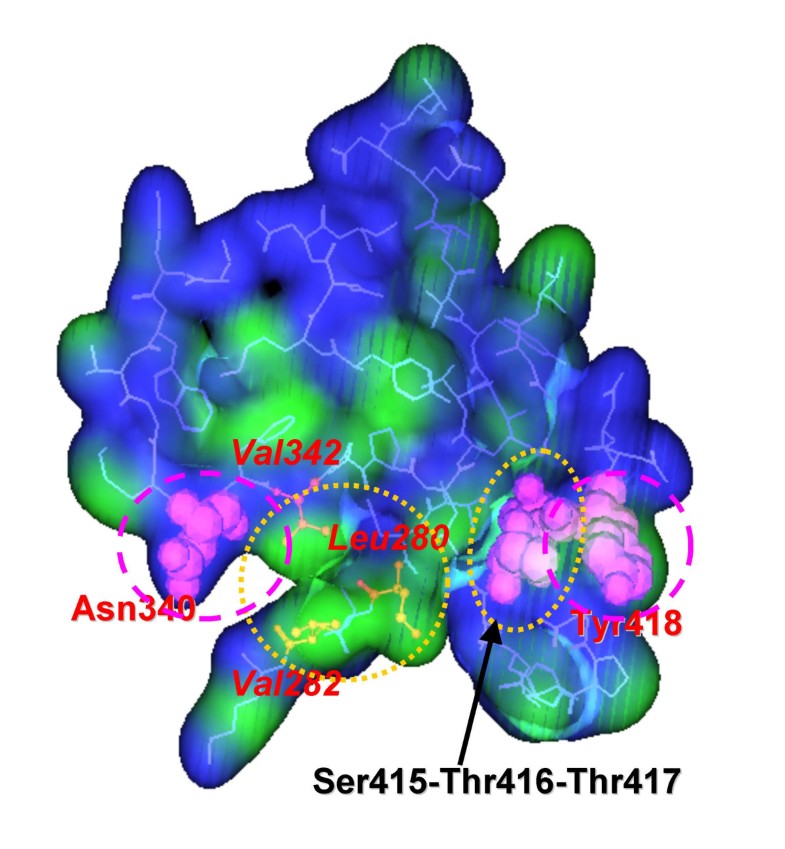
We thus hypothesized that decreasing the hydrophobicity at the surface of the protein may have some stabilizing effects. Addition of protein in the solution would compete with hydrophobic surfaces and protect the enzyme. This suggested that denaturation occurred by interaction of the hydrophobic region at the surface of AChE with tube walls or air-solvent interface. Irreversible denaturation of AChE at room temperature can be minimized by increasing the protein concentration in the sample, either by increasing the enzyme concentration or by addition of another protein such as BSA.

This method could have the additional advantage of stabilizing the enzyme during its synthesis leading to higher production and higher purification yields. Another way to stabilize the enzyme is to use in vitro mutagenesis to modify the primary structure of the protein. Alternatively, stabilization may also be achieved by encapsulation in liposomes.

It can be stabilized by adding some molecules in the solution such as reversible inhibitors, polyethylene glycol or protein, provoking protein-protein interactions. But like most enzymes from mesophilic organisms, Drosophila AChE is not stable, and this instability precludes its utilization in biosensors. Drosophila AChE was found to be the most sensitive enzyme when compared to enzymes of non-insect origin and in-vitro-mutagenesis was used to select enzymes up to 300-fold more sensitive. This enzyme is irreversibly inhibited by organophosphate and carbamate pesticides leading to its use in biosensors to detect traces of these compounds in environment. Acetylcholinesterase (AChE, EC 3.1.1.7) is a serine hydrolase, which catalyzes the hydrolysis of the neurotransmitter acetylcholine.


 0 kommentar(er)
0 kommentar(er)
